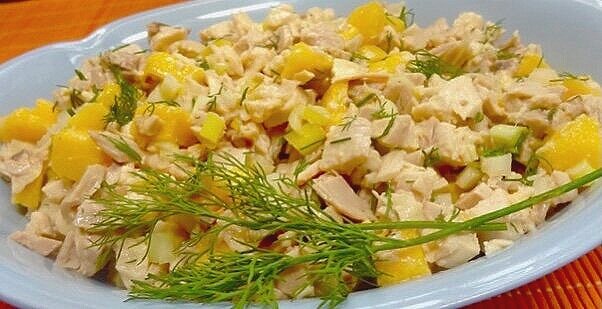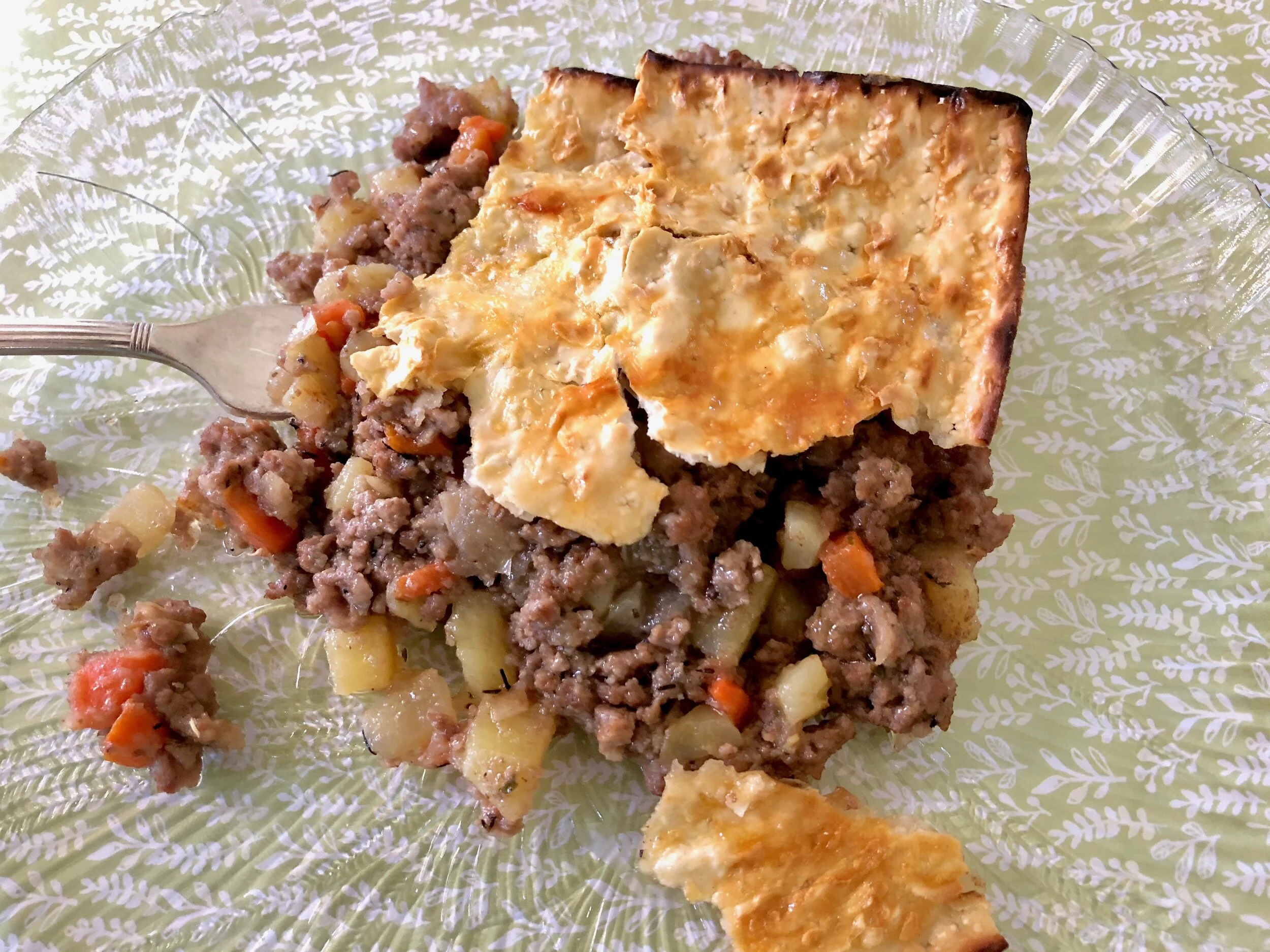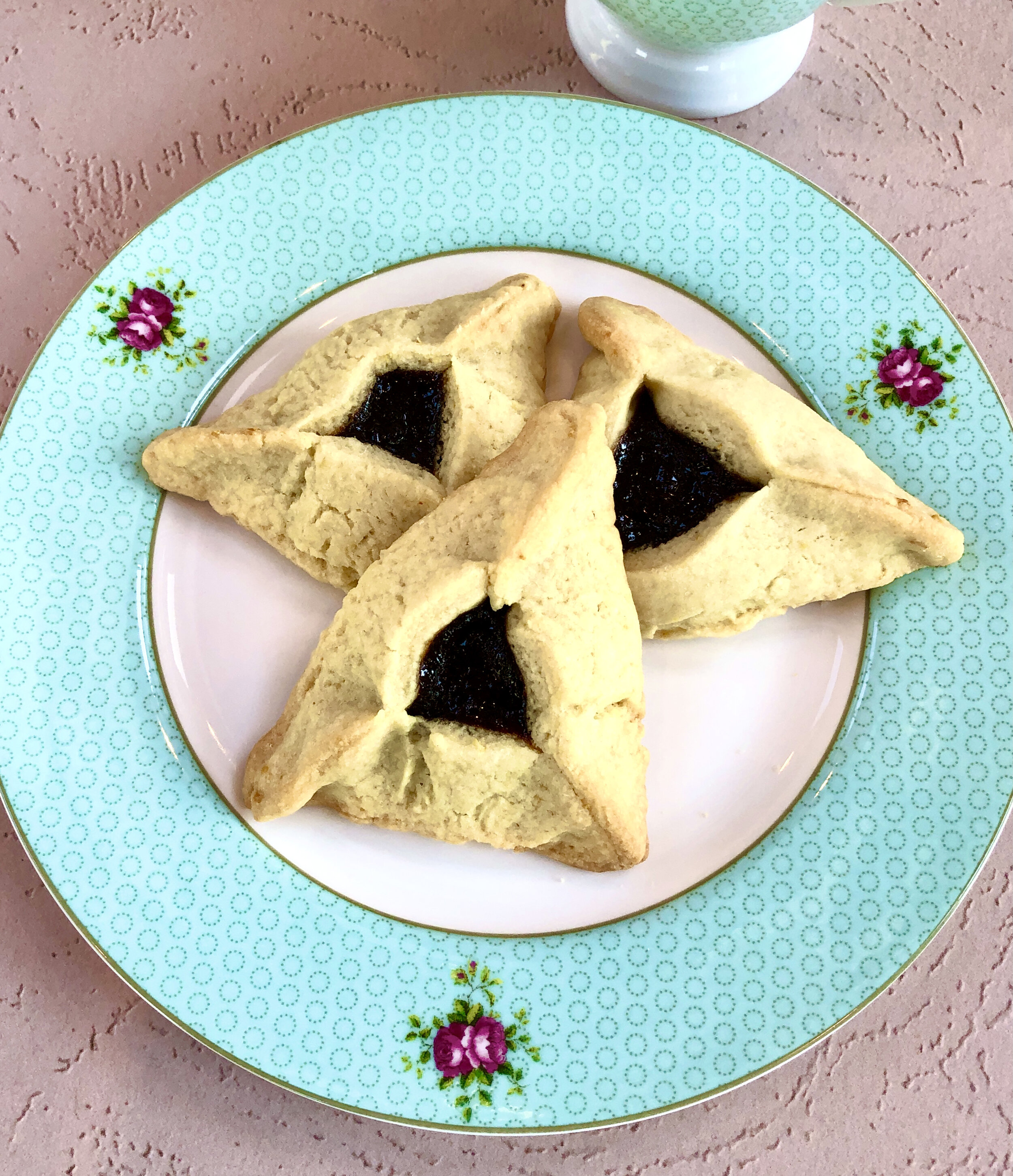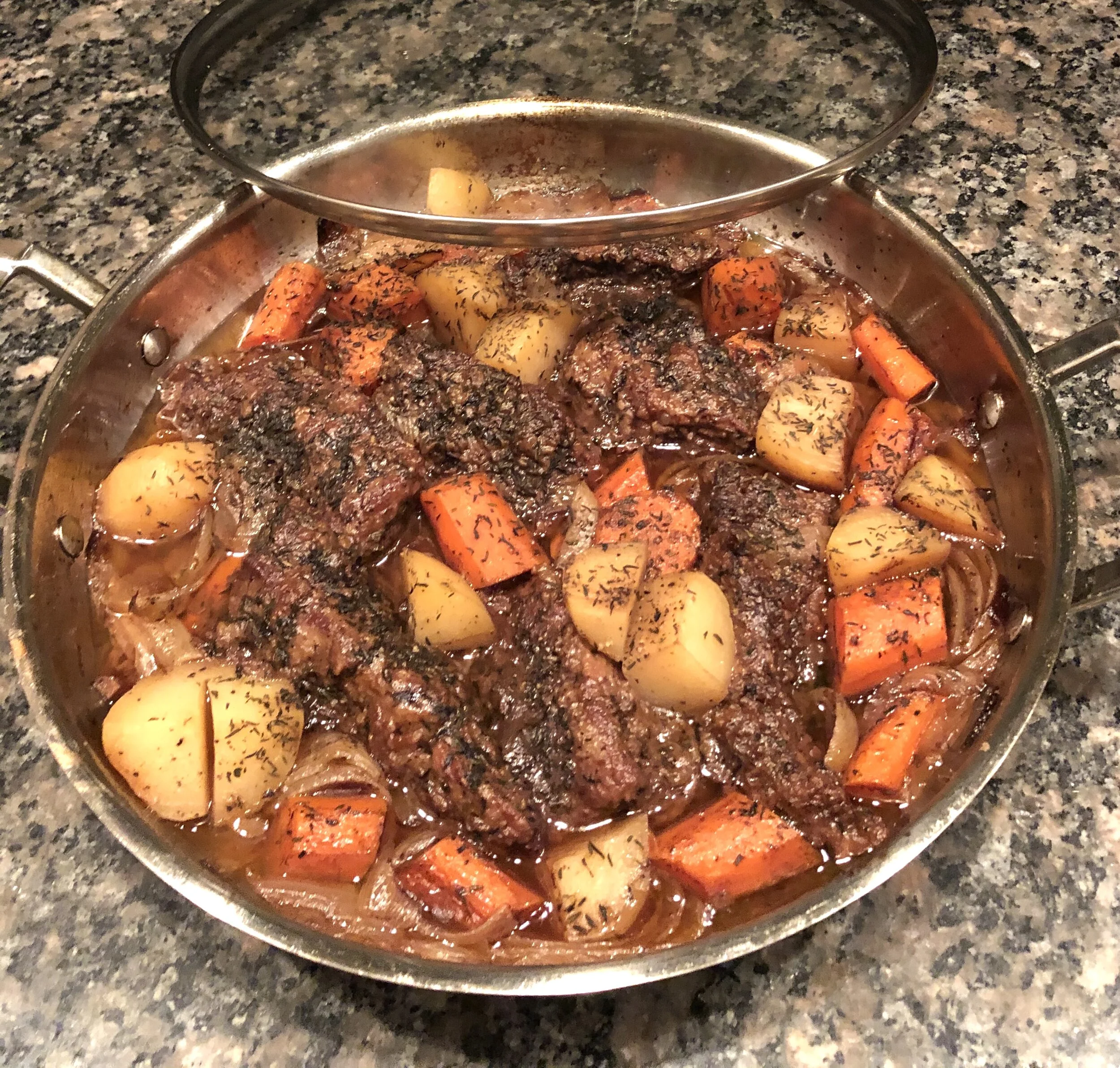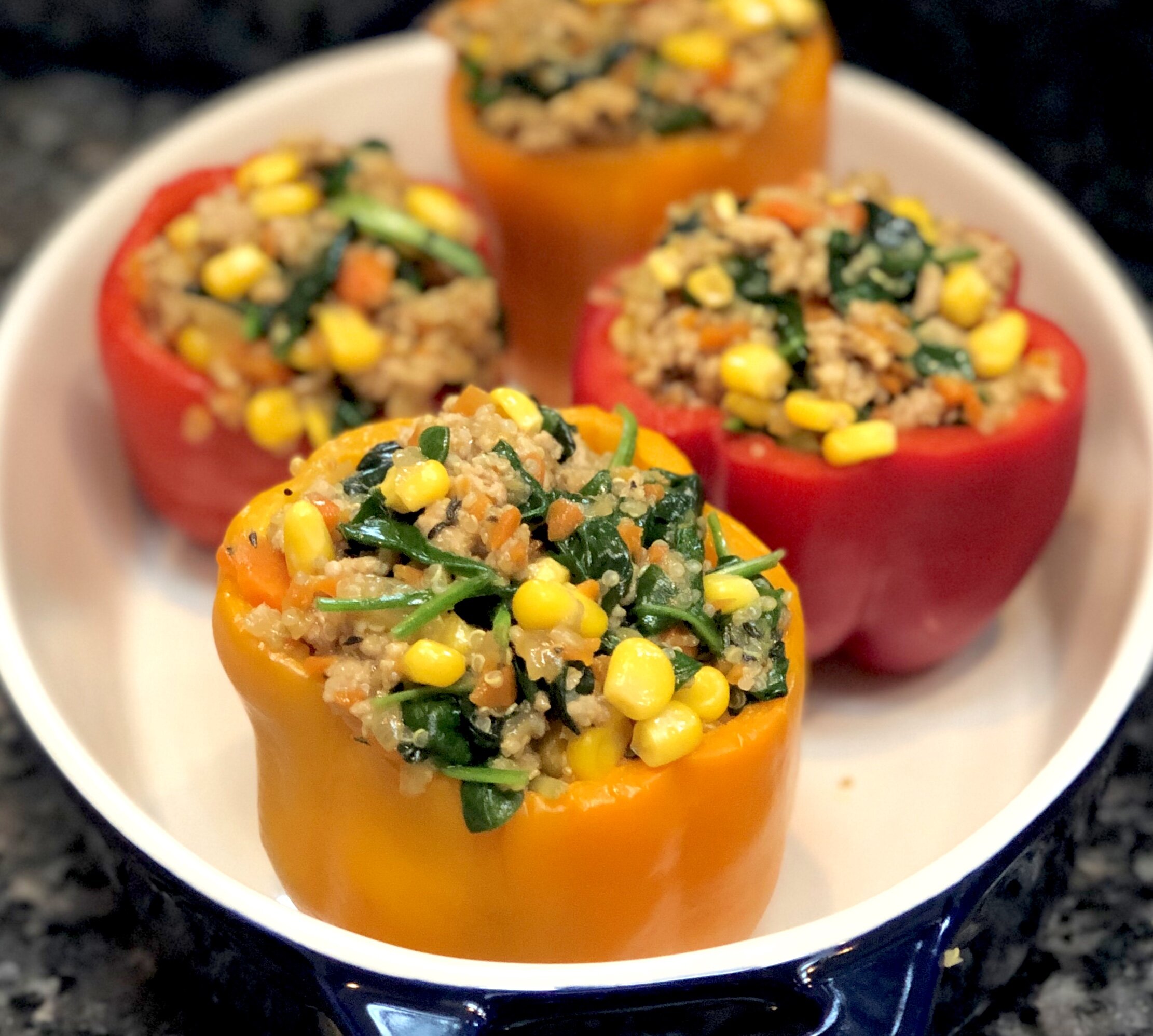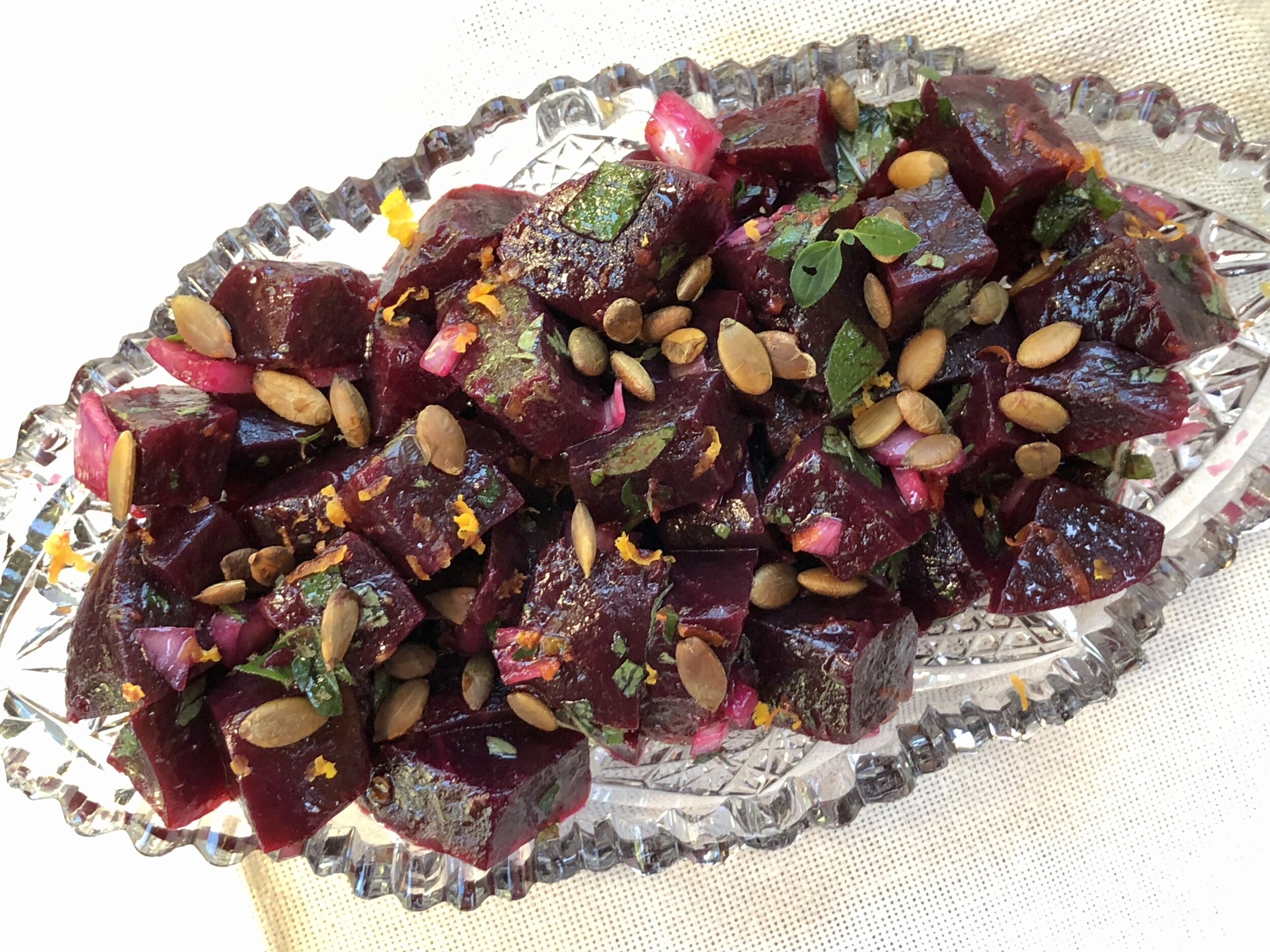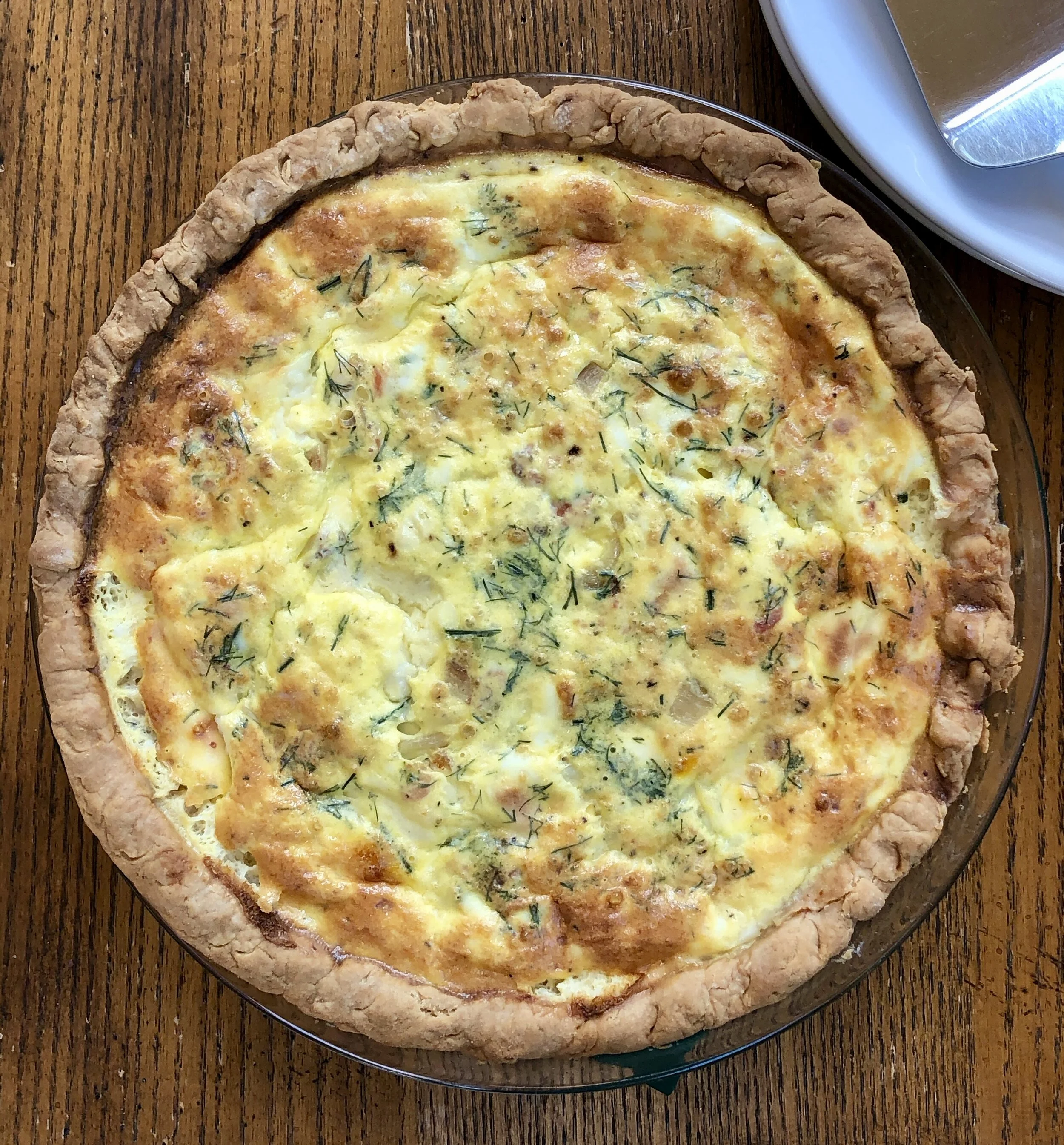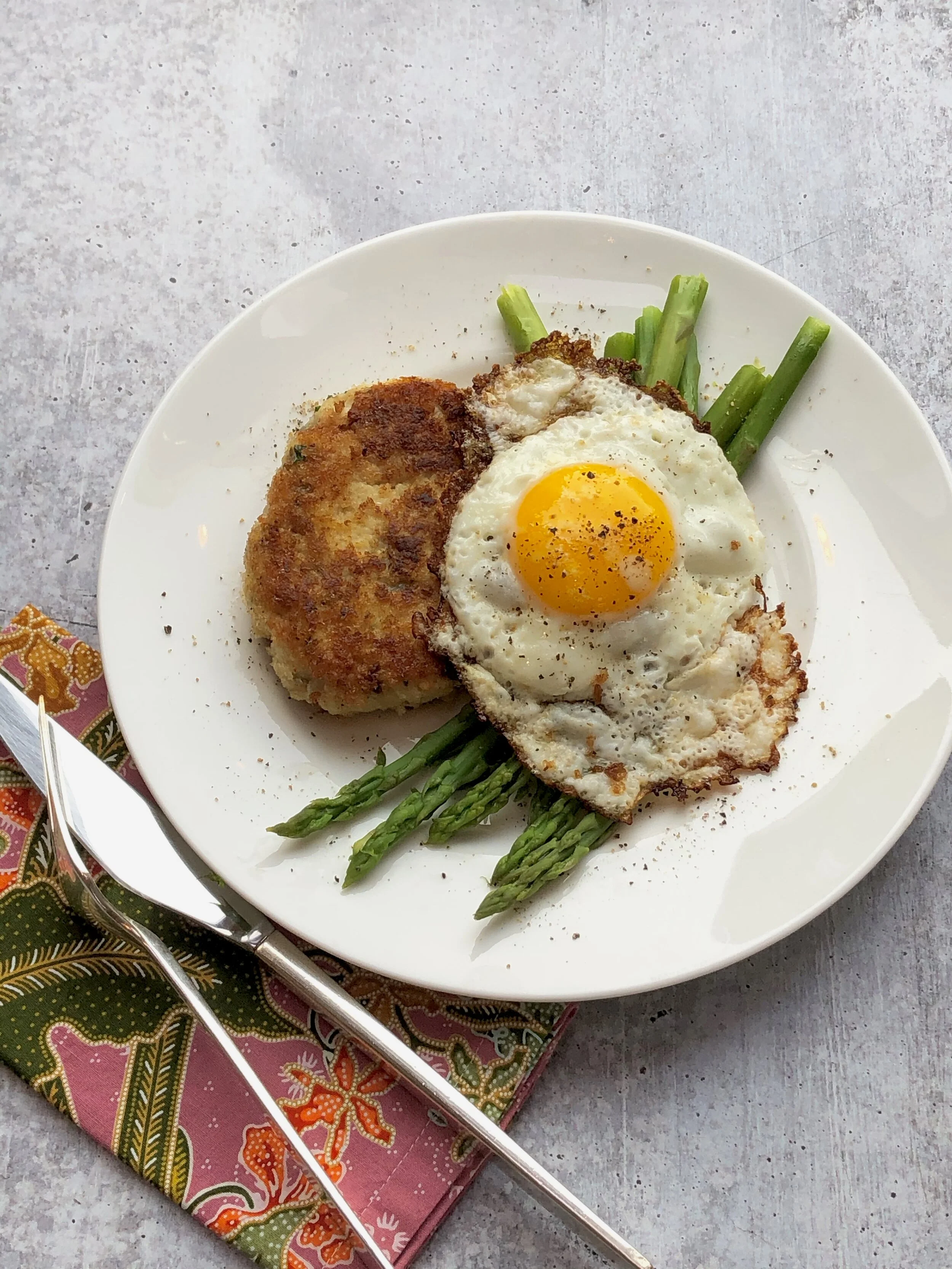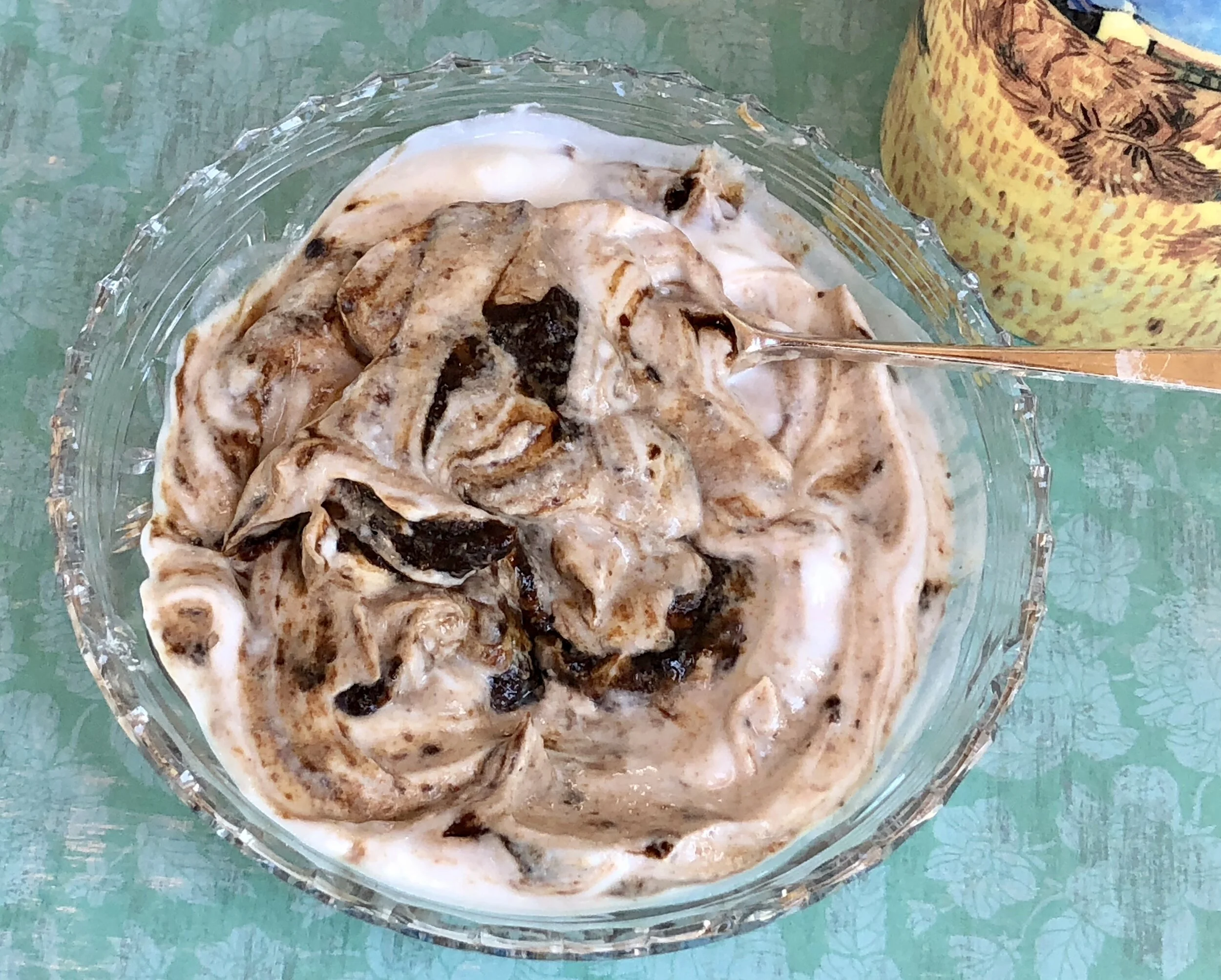If you’re getting out the grill to celebrate Lag BaOmer or because the warm weather is finally here or just because grilled food is so so good — have you decided about a side dish to go with those chicken legs or salmon steaks or hot dogs.
How about potato salad?
I make all sorts of potato salad, but because roasted potatoes are a classic food for Lag BaOmer, I went the extra step and roasted the potatoes for this version. The crispy edge added a really satisfying texture and the flavor was extra rich because the high heat caramelized the onions. I used a cast iron pan and suggest that for best results. Your oven is fine (instructions below) but if you have room for the pan on the grill — go for it and cook the entire feast outdoors.
This dish tastes best at room temperature, although my husband likes it hot, so, either way.
Roasted Potato Salad with Red Onions and Rosemary
2 pounds “new” waxy potatoes (such as Red Bliss or baby Yukon Golds)
1 small red onion, sliced
5 tablespoons olive oil
3 tablespoons lemon juice
1 teaspoon Dijon mustard
3 tablespoons chopped fresh parsley
2 teaspoons chopped fresh rosemary
salt and freshly ground black pepper to taste
Preheat the oven to 425 degrees. If you have a cast iron grill pan or frying pan, preheat it in the oven. Wash the potatoes and cook them in simmering water for 12-15 minutes or until tender. Peel the potatoes when they are cool enough to handle; cut them into bite size pieces and place them in a bowl with the onion slices. Pour 2 tablespoons of the olive oil over the vegetables, toss them to coat all sides and place them in the preheated pan (or use an ovenproof pan or baking sheet). Roast for 25-30 minutes, mixing 2-3 times, or until lightly browned and crispy. While the potatoes are cooking, mix the remaining olive oil, lemon juice and Dijon mustard in a large bowl. Add the roasted potatoes and onions when they are done. Add the parsley and rosemary. Toss the ingredients. Season to taste with salt and pepper. Let rest for at least 15 minutes before serving. Serve still warm or at room temperature.
Makes 4-6 servings

